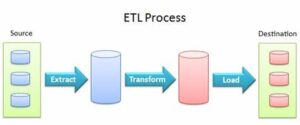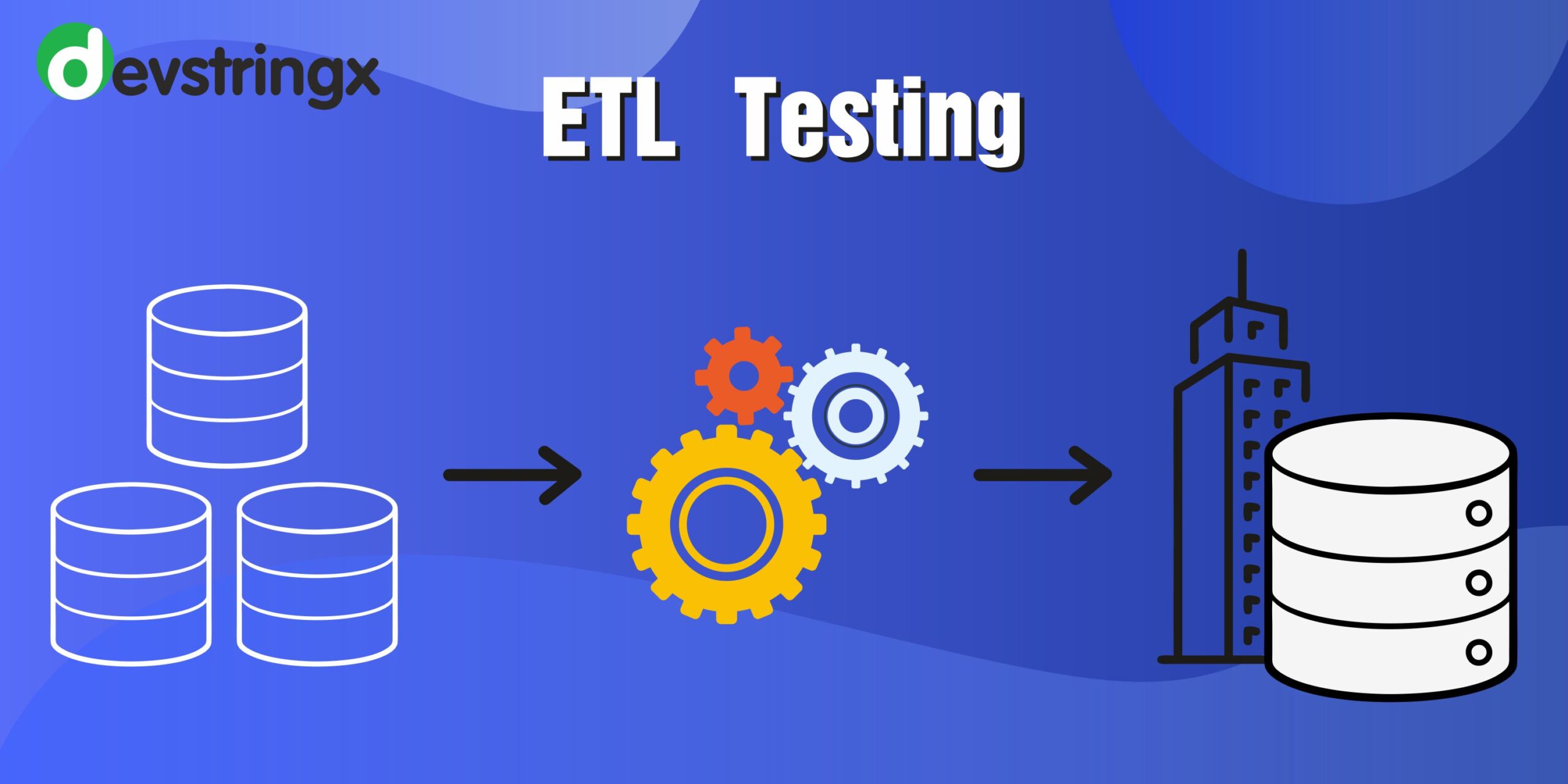What is ETL Testing: Importance, Process, and Types | Devstringx
What Is ETL Testing?
ETL Stands for Extraction, Transformation, and Load. So Basically ETL is a process of how data is loaded from the source system to the target systems. Firstly Data is extracted from the database, transformed into a meaningful schema, and then loaded into the target systems.
Importance of ETL Testing
Once the ETL process is done, it becomes important to perform ETL Testing. ETL Testing is done to ensure that data is accurate and is loaded from different sources to the destination after transformation. Data verification at multiple stages that are being used between the source and the destination is involved.
It’s the responsibility of ETL Testers to ensure Data is not lost during the extraction and transformation process.
ETL Testing Process

Extraction
Extraction is the process of extracting some relevant data from multiple resources.
Transformation
Transformation is a process of transforming extracted data into a specific format according to our requirements it can be the Data warehouse format.
- In this, we define one or more keys that uniquely identify an entity. These different types of keys in SQL can be the primary key, foreign key, alternate key, composite key, surrogate key, etc. A DW owns these keys and never allows other entities to alter/update them.
- Once the data is extracted, all unwanted data is removed from it. Or we can say data normalization; data cleanliness is done in this phase.
Load
Once the above two processes are done, It is used to load data to the target systems.
Read Also:- Import Excel Data to SQLite DB Using Java
Types of ETL Testing
- Production Validation Testing
This type of ETL Testing process is performed to ensure data is accurate and meets the requirement of the business that is being transferred to production systems.
- Source of Target Testing
This testing performs to ensure that source data values are transformed into expected values.
- Metadata Testing
This type of testing is performed to check data types, data constraints, data length, etc.
- Data Completeness Testing
This type of testing is performed to ensure that all the expected source data is loaded into target systems from the source systems. In this; data count is done from source to target systems.
- Data Accuracy Testing
This type of testing is performed to ensure that the data is accurately loaded and transformed as expected.
- Data Transformation Testing
This type of testing is performed to ensure that data is transformed into the expected format or not. In this, we can run multiple SQL queries together for each row and check the transformation rules.
- Incremental ETL Testing
This type of testing is performed to ensure data integrity when new source data is added to the existing data. It ensures that updates and inserts are done as expected.
- GUI/Navigation Testing
This type of testing is performed in the front end to check the navigation in UI.
- Data Quality Testing
This type of testing is performed to ensure the syntax errors in data are based on invalid characters, patterns, upper or lower cases, etc. It is performed to avoid errors due to date or order. In this, we check data based on the data model.
FAQs
- What exactly is ETL and why is it crucial?
Extraction, transformation, and loading, or ETL, is the process of moving data from a source to a data warehouse that is either on-premises or hosted in the cloud. Data from multiple sources inside an organization are stored in this kind of warehouse.
- What types of ETL testing are there?
Four broad categories can be used to classify ETL testing: new system testing (data collected from various sources), migration testing (data transferred from source systems to the data warehouse), update testing (new data added to the data warehouse), and report testing (validate data, make calculations).
- How is ETL performed?
Different types of data are typically gathered and cleaned up as part of an ETL process, which ultimately delivers the data to a data lake or warehouse-like Redshift, Azure, or BigQuery. Data migration across several sources, destinations, and analytic tools is another function of ETL systems.
- What does ETL testing?
Businesses can combine data from several databases and other sources into a single repository using ETL, ensuring that the data is appropriately organized and validated before being used for analysis. Simplified access for analysis and additional processing is made possible by this unified data source.
- What difficulties do ETL tests face?
Important ETL testing difficulties include:
Occasionally, the comprehensive test bed is unavailable. improper information flow in the corporate world. Data loss could occur during the ETL procedure. Several unclear software requirements exist.
Related Post–














